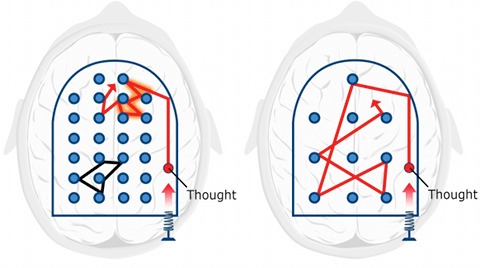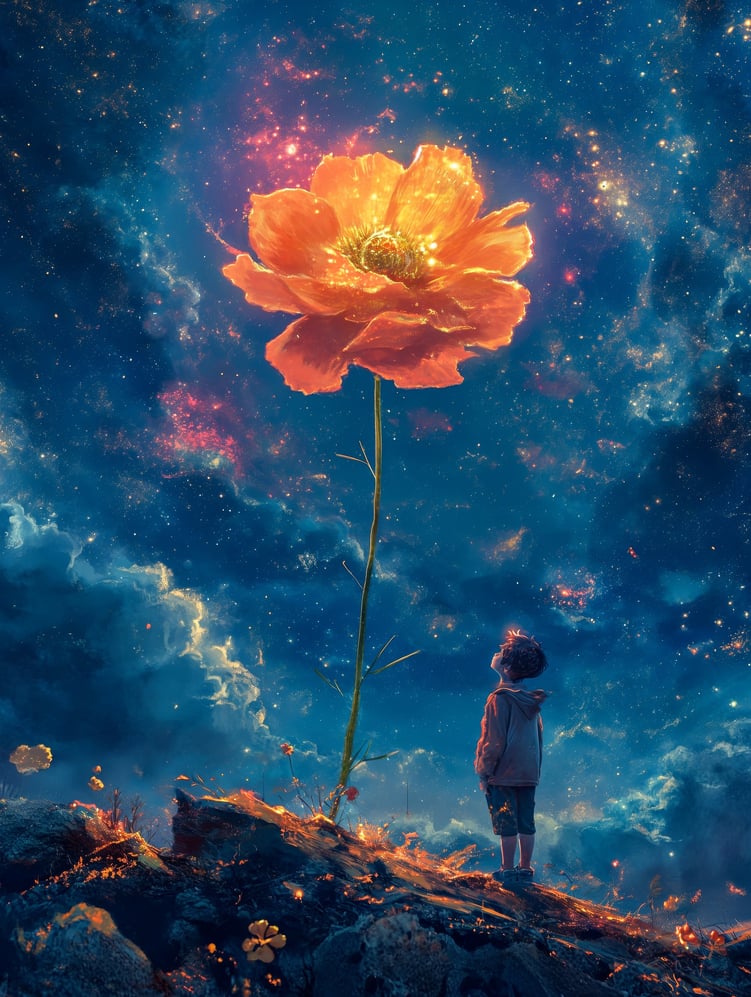Quantum Meditations
Cover by @szephuni
Once upon a time, a physics convention saw the most down-to-earth discussions — weighing the Earth or measuring its age. If you attend a quantum physics meeting today, people talk about parallel universes, nature’s gambling habits, and mutually exclusive events happening simultaneously. Physicists are woke.
Growing up on Discovery Science, I harbour a deep love towards the secrets of the universe. I skipped watching Adventure Time to catch Sci Fi Science: Physics of the Impossible. Those were the days.
Every time Dr. Michio Kaku came on, I learned about wormholes one could use to travel millions of light-years in the blink of an eye. I learned about galaxies that look like an eye. The first time I saw the Pillars of Creation, I was mesmerised by its beauty.


Along with the pretty pictures came theories from the dependable voice of Morgan Freeman too. Theories about how the Moon formed and how the Sun will die. The Big Bang Theory.
But one theory stands above all the others in my memory, one that I still cannot wrap my head around after a decade of first hearing it — quantum mechanics.
Reality is weird. There are many counter-intuitive phenomena we can replicate even at home. We can create plasma in the microwave using grapes. We can defy gravity with this Lit Matchstrick.
We don’t even fully understand how bicycles work.
If we dig deep into space, we’ll find volcanoes that erupt water. We can see the astounding corpse of stars. We can hear the sound of a black hole.
Looking deeper still, we find that mysterious elements, Dark Matter and Dark Energy take up 95% of the total mass-energy content.
Also, sunsets on Mars are blue.
But the most peculiar is the realm of the minuscule. It’s not enough that states of matter are non-existent at the atomic level. We cannot say from one atom if it’s solid or gas. Put a bunch of them together though, and you make an apple. But atoms themselves are mostly empty space. They consist of a high-density core around which electrons are orbiting somewhere.
I say somewhere because of a property called superposition. In everyday life, the remote is on the table and stays on the table — I need to get up from my comfy sofa to get it. If it were in a superposition, I could just grab the air next to me a couple of times, and the remote would be in my hand. This seems ridiculous, but it’s how subatomic particles behave. Instead of having a clear state, they exist as a probability of being in different states. But once they’re observed, their state will be assigned.
When an electron is in a superposition, it can be thought of as being all around the atom, all at the same time. Schrödinger concocted his famous thought experiment to showcase how ridiculous he found the theory, not to explain it to the general public. It’s still baffling, but it’s been proved left, right and centre (not simultaneously).
But wait, there’s more! Multiple particles in superposition are said to be entangled. If one particle’s superposition collapses, all other particles in the system will do the same instantly. It’s like when the teacher comes into the class, and everyone stands up at exactly the same time. But this happens irrespective of the distance between the particles — the students can be in different galaxies, but they’ll stand up in unison.
“The miracle is not that electrons behave oddly. The miracle is that when you take 10^27 electrons, they behave like cheese.” ~ Allan Adams
All this suggests to me that uncertainty is baked into the Universe. Superposition is the closest thing we have to proving there’s no such thing as objective reality. And a lot of our experience depends on our observations.
Every outcome reeks of the expectation we placed upon it.
Our state feels static. The days seem to be repeating themselves. The years go by in the blink of an eye. We’re at the 10-year-anniversary of our graduation, even though we finished high school only last week.
We review our lives on New Year’s and make the same resolutions again. We’re like the electron — properties jotted down, and all other possibilities lost.
But unlike the electron, we can make a choice. If we don’t like something, we can alter it. Regardless of how hopeless it seems, every problem has a solution.
Barbara Oakley, in her book A Mind For Numbers, described the thinking process as the classic game, Pinball. When we’re working on something, focusing deeper and deeper, the number of bumpers increases and our thoughts become more and more localised. When we’re not challenged on a problem, the bumpers are more sporadic, and there are fewer of them, so our minds can wander. That’s why showering can inspire one to start volunteering, move to Asia and start a blog.


Life can make the bravest of us completely docile. The constant push and pull of the world erect a fence around a set of behaviours we call our identity. The bumpers so densely populate the mind that thoughts are trapped in a tiny cluster. We focus on our current situation so much that we exclude all other possibilities. Our Being is entangled with our thinking, which sets an expectation and causes the instant collapse of the mind’s probability space, allowing only one aspect of us to materialise.
We can revert this. We can take back all our potential. We need only to start looking inside.
What we currently think might not be true. Even more, it’s very likely untrue. If we stop stating it as fact and start asking it as a question, we open up the possibility of change. We dig up better and better answers by asking more and more questions. When we arrive at the deepest parts of our psyche, we see we’re not our thoughts. We’re not our actions. We’re only a conduit through which our thoughts and actions manifest our reality. They are ripples on the lake of our consciousness, but we built dams to disrupt their flow. We’ve been trying to tame the waves instead of riding them. We stood on the shore, afraid to get our feet wet, not realising we’d been afraid of ourselves.
Once we embrace our Being, we disassociate from our thought patterns. We break the entanglement, allowing the mind to return to its superposition.
This is the natural state of the mind, without the stain of limitations set by traumatic experiences. We are meant to feel love and hate. We are meant to keep going when all our cells want to give up. We are meant to marvel at the Universe, even though we’re shackled to the Earth.
The universe is weird, ever-changing and beautiful. We should not try to prove the opposite by being dull, static and graceless.

